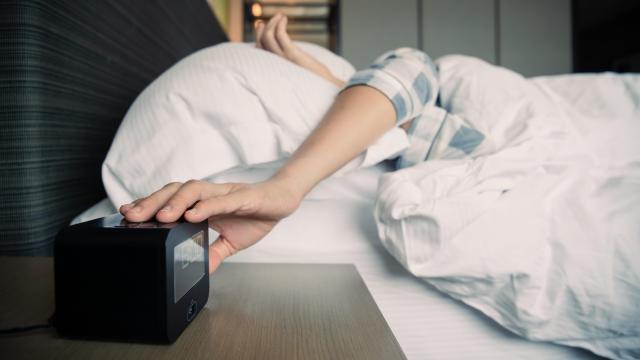Being a night owl might not be great for your blood sugar control, new research this week suggests. The study found that middle-aged women who prefer to stay up late were more likely to develop type 2 diabetes. This associated link was found even after the researchers accounted for other unhealthy behaviours more commonly seen in night owls compared to early risers.
The study was led by researchers from Harvard Medical School and Brigham and Women’s Hospital. The authors analyzed data from the Nurses’ Health Study II, a long-running project that has prospectively tracked the health outcomes of nurses to better understand the causes behind chronic disease in women. Participants in the study were asked about various lifestyle factors, including their preferences for sleep time, also known as a chronotype.
The team focused on data collected from more than 60,000 middle-aged women free of cancer, cardiovascular disease, and type 2 diabetes in 2009, who were then followed up through 2017. During that period, about 2,000 cases of diabetes were documented. And those who reported being a night owl—defined as having a “definite evening” chronotype—were noticeably more likely to be diagnosed with diabetes than early birds. All told, about 11% of women in the study reported being night owls, compared to 35% who said they were early birds and the rest having no clear preference.
Other research has shown that night owls are more likely to have behaviors or lifestyle factors that might raise a person’s risk like chronic conditions like diabetes, such as a lack of exercise. And the authors did see that same pattern play out here as well. However, they still found a link between wanting to sleep in late and diabetes even after these factors were accounted for—ultimately finding that being a night owl in and of itself was associated with a 19% increased risk of diabetes.
“Middle-aged nurses with an evening chronotype were more likely to report unhealthy lifestyle behaviours and had increased diabetes risk compared with those with a morning chronotype,” the researchers wrote in their paper, published Tuesday in the journal Annals of Internal Medicine. “Accounting for BMI, physical activity, diet, and other modifiable lifestyle factors attenuated much but not all of the increased diabetes risk.”
This type of study is known as observational research, which has its limitations. The most important caveat is that these studies can’t prove a cause-and-effect relationship between any two variables, such as sleep preference and diabetes, only a correlation. The Nurses Health Study also mostly includes white women, which could limit how generalizable the results are to other groups. That said, prospective studies like this one do tend to provide more concrete data than retrospective studies that look back in time. And given the other research on hand, the authors say it’s likely that sleep preferences really can increase people’s susceptibility to diabetes in a noticeable way.
“A 19% increased risk, after adjusting for other factors, is a strong risk factor,” senior study author Tianyi Huang, an assistant professor of medicine at the Harvard Medical School and an associate epidemiologist at the Brigham and Women’s Hospital in Boston, told NBC News.
Unfortunately, people’s chronotypes are strongly influenced by our genetics and are often hard to change permanently. But the findings do suggest that even night owls can reduce their risk of diabetes by adopting healthier diets or exercising more. Much of the risks of sleeping in late might also be tied to a disconnect between our sleep preferences and society itself. The researchers note that they failed to find a link between diabetes and night owls who specifically said they worked night shift jobs.
In other words, it might not be sleeping in late that’s necessarily the problem, but having to wake up early for work and getting less quality sleep as a result.
